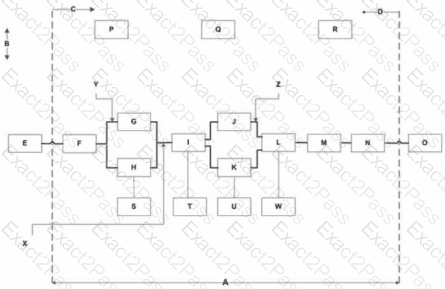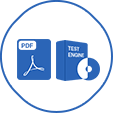Last Update 7 hours ago Total Questions : 61
The Value Methodology Associate content is now fully updated, with all current exam questions added 7 hours ago. Deciding to include VMA practice exam questions in your study plan goes far beyond basic test preparation.
You'll find that our VMA exam questions frequently feature detailed scenarios and practical problem-solving exercises that directly mirror industry challenges. Engaging with these VMA sample sets allows you to effectively manage your time and pace yourself, giving you the ability to finish any Value Methodology Associate practice test comfortably within the allotted time.
Function E is the:

The VM Job Plan provides a structured sequence of phases designed to leverage which of the following types of thinking?
Which of the following are tasks during the development of VM proposals? (Choose 3 answers)
How many phases are in the VM Job Plan?
Which of the following techniques involves capturing input from multiple customers and stakeholders at the same time?
The Pareto Principle as applied in the Value Methodology means:
Which of the following defines the effects of time, value, and money, converting all costs to a common reference point in today's dollars?

